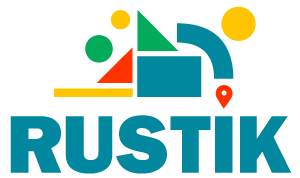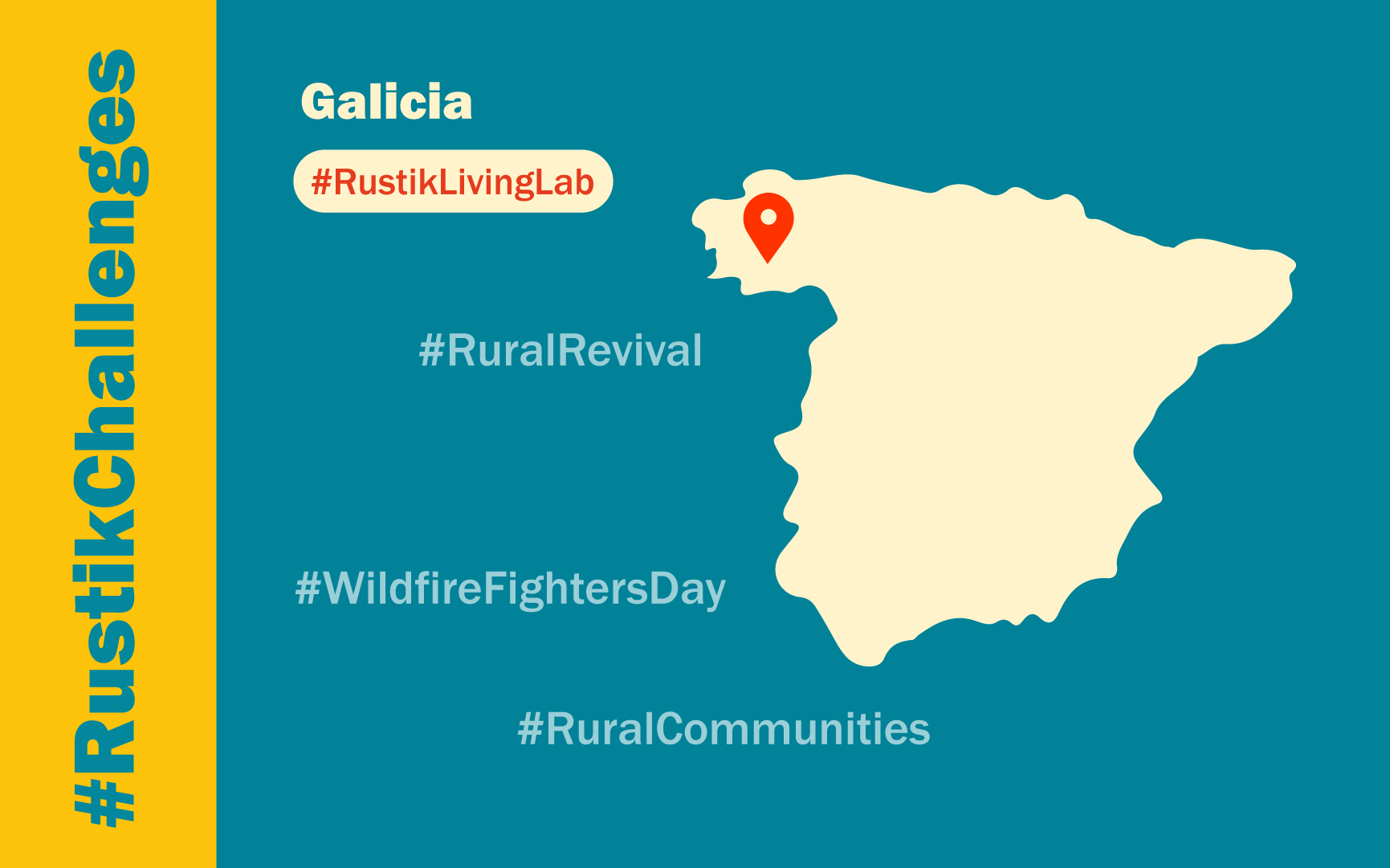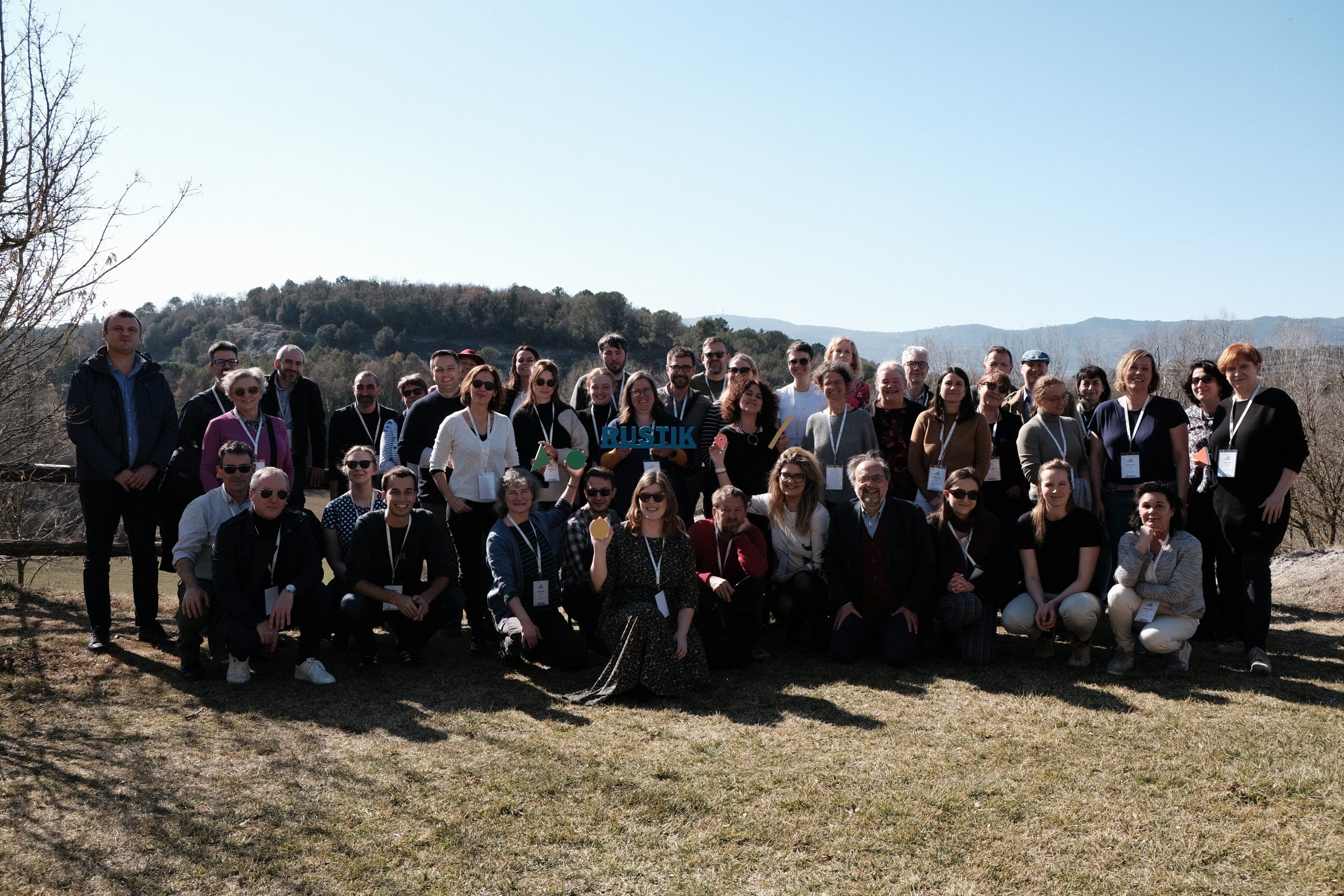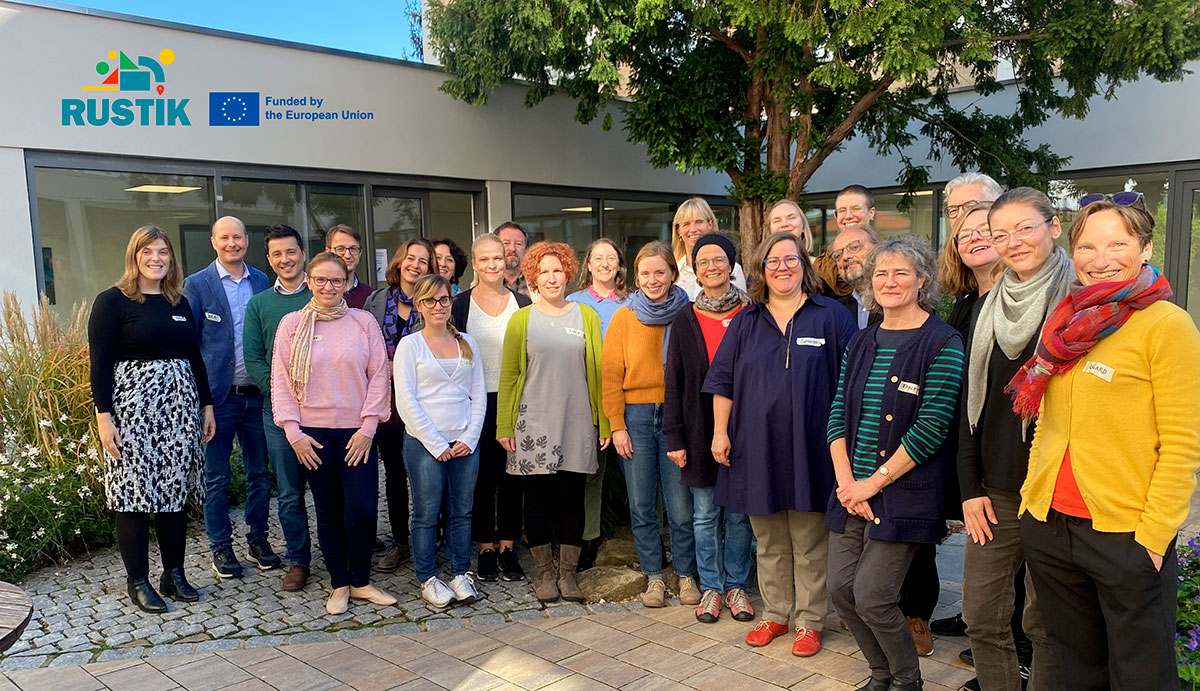In an ambitious effort to address rural decline and mitigate wildfire risks, Galicia ‘s Pilot Region is pioneering a multifaceted approach to land management. Spanning 20 municipalities across the southern expanse of the region, this initiative aims to revitalize socio-economic structures while safeguarding the environment.
At the heart of this endeavor lies a complex interplay between land use and ownership patterns. With over a million land plots scattered across 2,653 square kilometers, Galicia grapples with staggering fragmentation, hindering the development of an active agricultural sector. Despite a significant presence of landowners – numbering over 110,000 – farming activities have dwindled, with only 5,700 active farms reported in 2020.
Population dynamics further compound these challenges, with rural areas experiencing steady depopulation driven by aging demographics and youth emigration in pursuit of better opportunities. Yet, amidst this exodus, a glimmer of hope emerges: a positive net migration rate fueled by retirees returning to their roots.
The challenges
Recognizing the urgent need for intervention, Galicia’s regional administration has embarked on a comprehensive strategy, enacting legislation aimed at reclaiming agricultural land and fostering sustainable practices. Central to this effort are “model settlements” designed to encourage agricultural activity near communities, curbing vegetation encroachment and mitigating wildfire threats.
However, the road to rural revitalization is fraught with obstacles. Accessing vital information on land ownership proves arduous, while high transaction costs deter prospective farmers. Yet, the potential benefits are undeniable. Studies suggest that a resurgence in farming could bolster municipal economies by over 2.5%, breathing new life into struggling communities.
Moreover, the environmental stakes are high. As farmlands lie fallow, forests encroach, exacerbating wildfire risks exacerbated by climate change-induced droughts.
In response, Galicia’s Living Lab initiative embarks on a quest to reconcile land use and ownership. By leveraging existing data and engaging landowners, the aim is to unlock the untapped potential of underused land, fostering a symbiotic relationship between rural communities and their surroundings.
As Galicia charts a course towards a more sustainable future, the Pilot Region stands as a beacon of innovation, demonstrating the transformative power of collective action in the face of formidable challenges.



